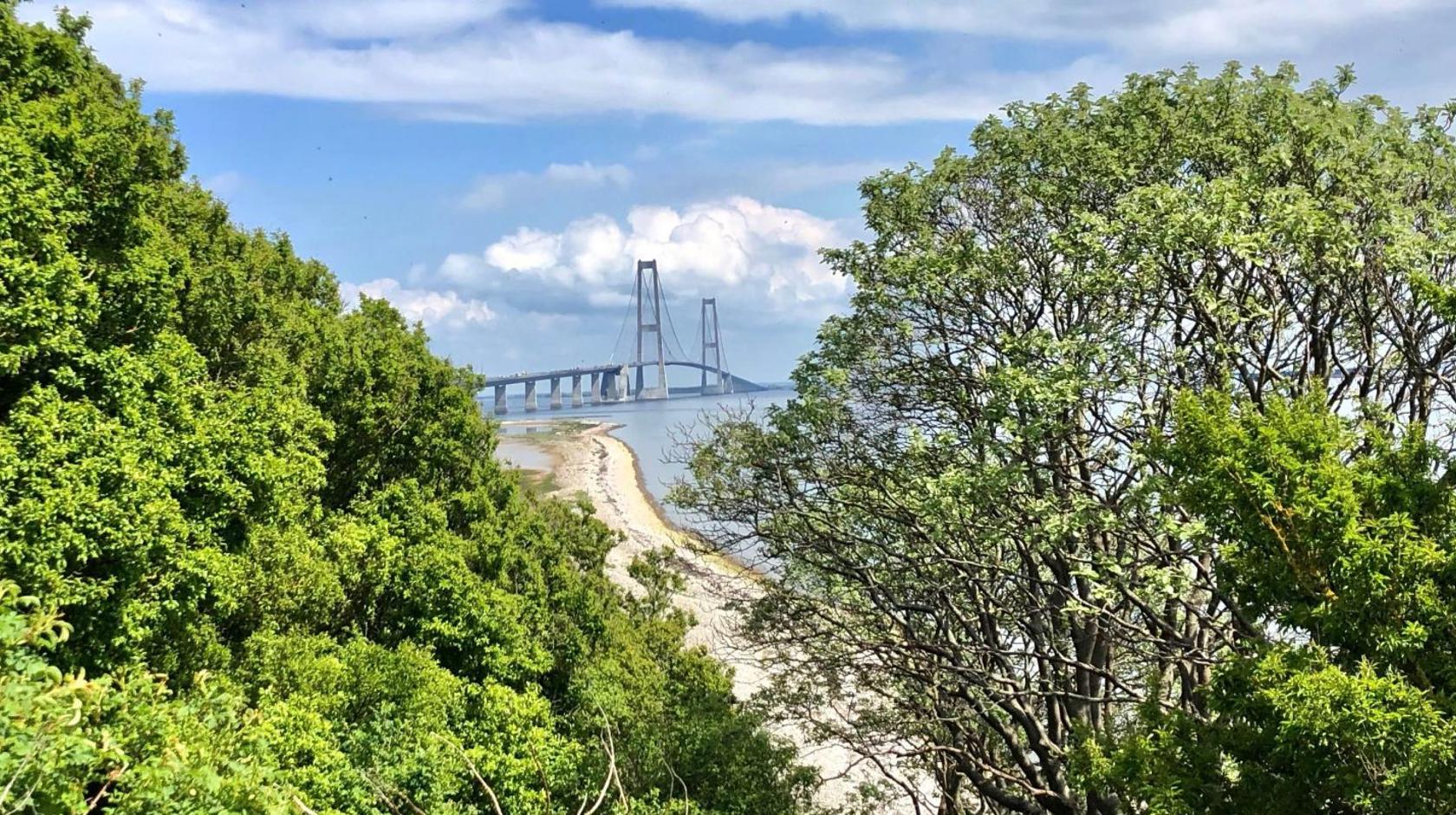During the construction of the Storebælt fixed link from 1989 to 1998, Sprogø was extended to include New Sprogø. As a result of proactive nature conservation over the following decades, Sprogø now boasts diverse nature of international value in an area that has quadrupled in size.
"Experience from Sprogø shows that efficient infrastructure and rich biodiversity are not incompatible. They show how we as a society can work constructively to preserve and stimulate unique natural areas alongside major construction work,” says Bjarne Jørgensen, Asset Management Director, Sund & Bælt.
Nature conservation with perspectives
When construction work on the Storebælt fixed link got underway in 1989, nature on Sprogø was characterised by many years of agriculture, grazing animals and a lack of attention. The flora and fauna were under pressure. During the construction phase, nature on Sprogø was largely reset until the opening of the bridge in 1998.
As part of the establishment of New Sprogø, new valuable habitats were created in the form of tidal mudflats both north and south of the eastern motorway ramp, and habitats have since been established for species that would otherwise only be found in the Wadden Sea in Denmark.
"From the start, we had a two-pronged objective for nature management on Sprogø. This was in part to preserve the area’s characteristics of salt marshes and its biological diversity – and in part to develop Sprogø as a unique landscape that offers road users a good visual experience. I think we can safely say that we’ve succeeded in both,” says Bjarne Jørgensen.
Retention and augmentation of threatened species
Work on Sprogø has covered the care of landscapes for the proactive protection of biodiversity, which means that Sprogø has now developed into a unique natural area in Denmark. The key measures have included the regulation of access, the re-establishment of diverse landscapes, the cleaning of water holes, grazing and the removal of invasive species.
The specific results include maintaining and increasing the population of the endangered green toad and encouraging new plant species to the island – including the nationally protected Cuckoo Orchid.
The red-listed little tern, the Scandinavian rock pipit, the alcid, and the black guillemot have established themselves on the new rock formations that have been laid around Sprogø to protect the bridge and tunnel against rising sea water. We have also succeeded in returning the sandwich tern to Sprogø, not least by establishing common breeding grounds for terns and black-headed gulls, which keeps the herring gulls away.
This development, together with the presence of resting common eider during migration have meant that Sprogø is now categorised as a Natura 2000-bird protection area.
See film about nature conservation on Sprogø:
